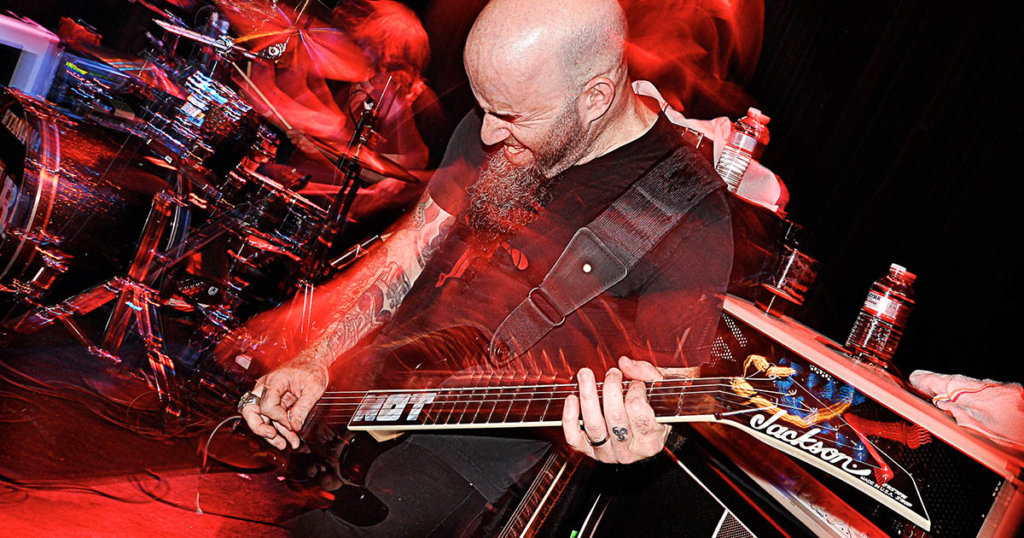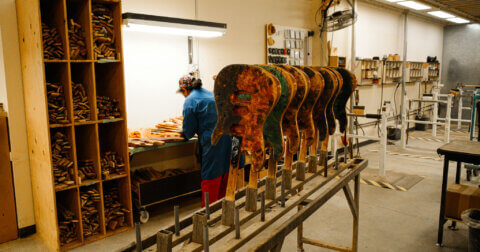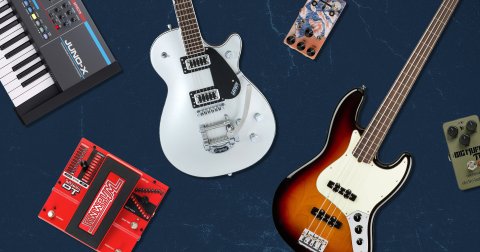Strats are perfect for blues. Les Pauls are great for rock. We all dislike overgeneralizations like these, but you can probably be forgiven for labelling Jackson as the name that ruled over metal and all things heavy. Just take a look at these names…
Randy Rhoads, Chris Broderick, Phil Collen, Misha Mansoor, Mark Morton, Adrian Smith… We could name drop all day.
The late 70s and early 80s saw the rise of young, flamboyant and immensely talented guitarists who needed more from their guitars. The guitars that resulted from this new demand were named Super Strats (you can learn more about the Super Strat here). Jackson was an early champion of these guitars that are still loved and sold today. As more and more players picked up their guitars, they became universally lauded as a metal machine, the guitar for the shredders.
Jackson’s success boiled down to the DNA of their guitars. They were sleek, aggressive, playable and fast. Let’s take a look at the models that gave Jackson their place in metal guitar stardom.
Rhoads
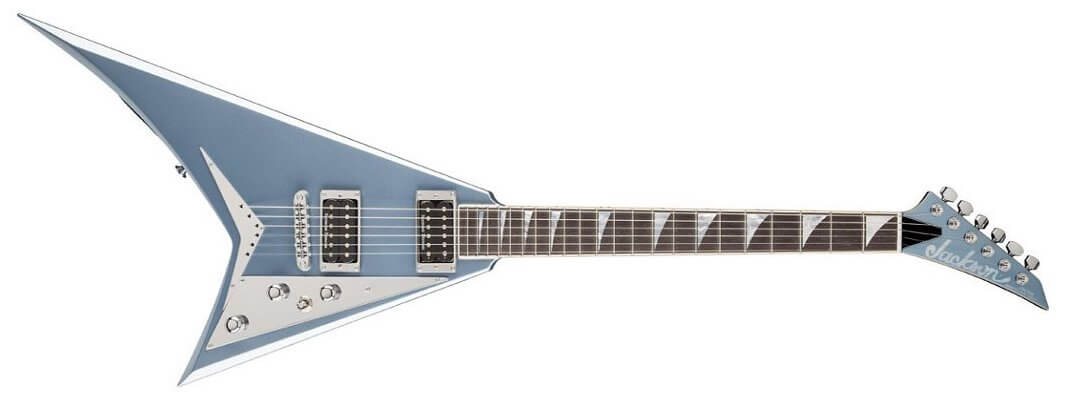
The model that started it all. It bears the name of the legendary metal guitarist Randy Rhoads. Fresh from landing his new gig with Ozzy Osbourne, Randy Rhoads and the team at Jackson, designed his very idea of a new, radical guitar. His guitar would resemble a Flying-V, only it was asymmetrical and streamlined. It became the first guitar ever to bear the Jackson name and feature its iconic ‘sharkfin’ headstock. More prototypes were commissioned, but it was only after Rhoads’ tragic death in 1982 that the guitar started to be sold as the Jackson Randy Rhoads model.
Soloist

The name Soloist tells a few things about the guitar. One, it’s most likely marketed to lead guitarist. Two, solos in the 80s meant shred. Sure enough, that was exactly what the Soloist was designed for. Built with a neck-thru construction and 24 frets, high fret access was paramount. Bearing the familiar body shape of the Stratocaster, the Soloist was a prime example of a Super Strat. Pickup options were vast, customers could have their choice of bridge type and body finish – standard finishes like Platinum Pink and Ferrari Red reminded you that this was the 80s.
Dinky

Named for its smaller-than-normal size, the Dinky was 7/8 the size of a usual Stratocaster body. Compared to the Soloist, the Dinky had a bolt-on neck instead of a neck-thru construction. What made the Dinky special was its myriad of options. Available in 15 variants and countless combinations – pickups, bridge, inlays, finish, wood types – the Dinky was available from premium to affordable
King V
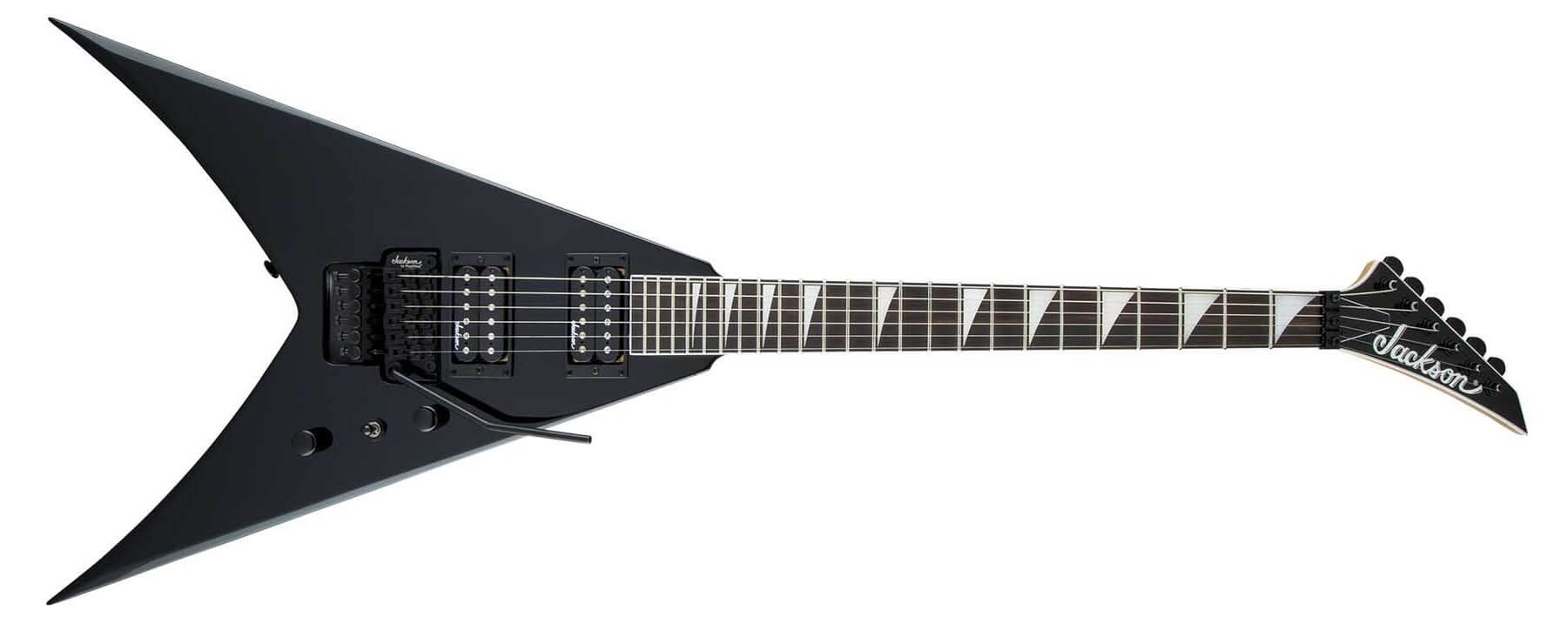
Robbin Crosby of Ratt, a behemoth of a guitarist at 198 cm tall, commissioned a custom version of the Jackson Rhoads – it was symmetrical, larger and longer. Jackson realised not as many of their customers were as big, so they shortened the edges, and went to market with the new King V model, named after Crosby’s nickname ‘King’.
Megadeth guitarist Dave Mustaine became most synonymous with the King V model. A custom model was made for him and went on to become one of Jackson’s top-selling guitars.
These few Jackson Guitars gave them the reputation they still harbour today. Jackson Guitars are great for metal? Probably, but we can confirm they make some fantastic instruments, whatever your budget.
[the_ad id=”2593″][the_ad id=”2594″]
Jackson Guitars are available at Swee Lee. Head down to our flagship store at The Star Vista to check them out in person, and you’re more than welcome to give them a try.
